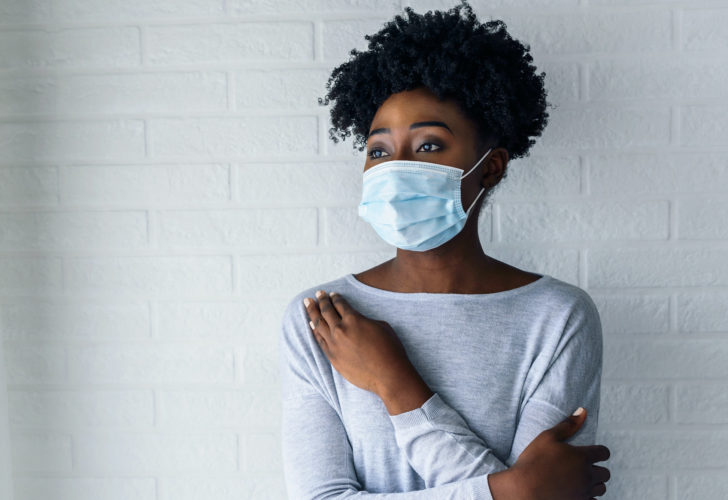COVID-19 Coronavirus: What It Is, How to Protect Yourself, and Where to Seek Ongoing Updates
By The Bailey Group Marketing
Published March 4, 2020

According to the Centers for Disease Control and Prevention (CDC), coronaviruses are common in animal species, and most don’t affect humans. As of now, only seven different coronaviruses are known to infect humans. In their lifetime, most people will be infected with at least one common human coronavirus.
https://vimeo.com/395455589
What Are the Symptoms of Coronavirus?
Common coronaviruses typically cause mild to moderate upper-respiratory tract illness, and those affected exhibit cold-like symptoms. The most common symptoms include:
- Headache
- Cough
- Fever
- Sore throat
- Runny nose
Some cases of coronavirus can be more severe, and individuals experience more serious lower-respiratory tract illnesses like bronchitis and pneumonia. For the elderly, infants and those with weakened immune systems, coronavirus can be even more dangerous.
How is Coronavirus Diagnosed?
If you’re exhibiting coronavirus symptoms, you should call your doctor, especially if you’re experiencing symptoms and have traveled to countries where outbreaks have been reported. Your doctor will likely order a lab test to detect coronavirus. Be sure to disclose any recent travel to your doctor.
How Can I Prevent Coronavirus Infection?
Most common cases of coronavirus occur in the fall and the winter, but can happen at any time throughout the year. Unfortunately, there is not a vaccine that can protect you from human coronavirus infection. However, because human coronavirus is believed to be spread through person-to-person contact, the CDC recommends the following prevention strategies:
- Avoid touching your eyes, nose or mouth with unwashed hands.
- Avoid contact with those who are sick.
- Wash your hands often with soap and water.
How Can I Stay Up-to-Date On the Coronavirus?
For updated information, guidance and travel alerts, visit the US Centers for Disease Control and Prevention and the World Health Organization’s websites.

